They Are Not Yours To Roast: Animals Who Flee The Slaughterhouse
Posted on February 18, 2021
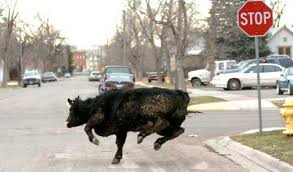
End Animal Slaughter Contributor Lynley Tulloch writes that animals who flee the slaughterhouse should never have been there in the first place.
Shrek is our famous Merino New Zealand sheep who gained notoriety in 2004 by evading shearers for six years and hiding in caves. He shot to fame, was shorn on national television, met the then Prime Minister, and became the stuff of children’s books.
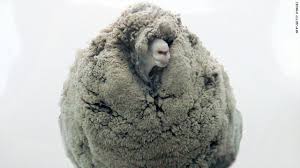
Shrek the Sheep. (Image Source stuff.co.nz)
Now some sheep in the United Kingdom have reached headlines after escaping the torturous environment of a slaughterhouse. The sheep were reported by Metro to have ‘defiantly’ run away and were chased by a man in butcher’s overalls down an urban street. Lamb leg roast be damned, locals were reportedly urging the sheep to ‘run sheep run’!
I have read stories of these ‘escapee’ animals over the years, and they have always struck me as desperately sad. Animals will literally climb mountains and swim seas to try and find safety for themselves.
A cow called Molly reportedly jumped a 5 ½ foot fence at a Montana slaughterhouse and sprinted across a busy highway before swimming across the Missouri River. When she was caught she was adopted by a sanctuary due to popular concern for her.
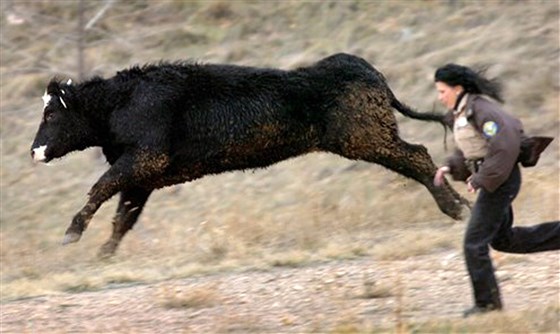
Molly the Cow’s bid for freedom. ( mage Source: nbcnews.com)
There is a similar report of a ‘runaway cow’ in Poland who escaped a slaughterhouse in 2018, rammed a metal fence, and broke a worker’s ribs and an arm. She swam to the islands of Lake Nyksie. As far as I know she is still there as she continues to dive under water to escape humans.
Some don’t end as well. A 900kg bull escaped the Frankton saleyards in 2017 and was shot to death. They said he was ‘rampaging’ on the streets of Hamilton in New Zealand. If he saw people he got ‘agitated’. Go figure.
And then there was Meteor the ‘aloof yak’ from Virginia in the United States. In 2019 Meteor escaped from a farm truck on the way to slaughter. He bolted like the meteoric legend he is and suddenly everyone wants him to survive, even while chewing on their steaks.
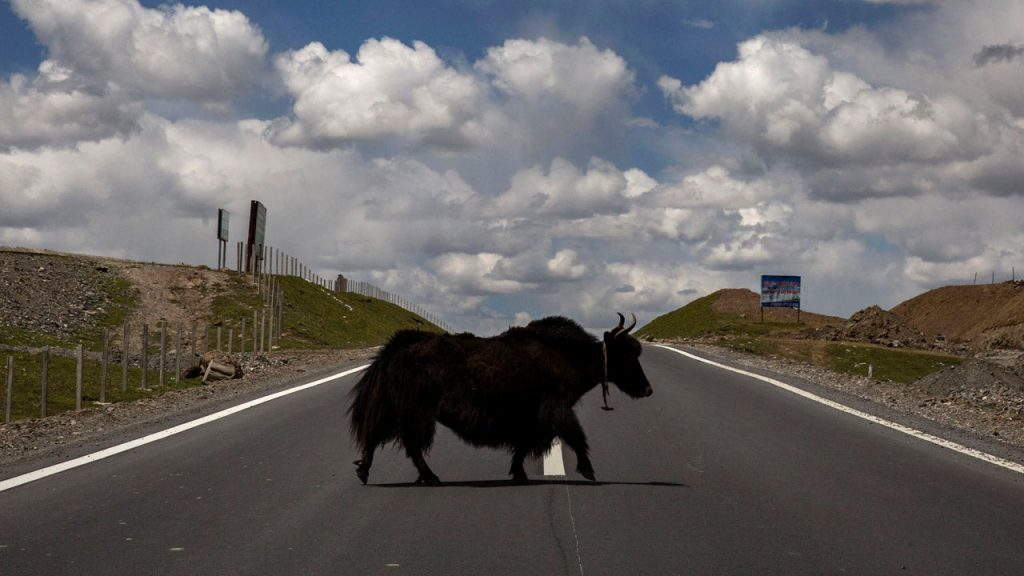
Meteor the Elusive Yak. (Image Source: independent.co.uk)
Go, Meteor go! He is now a celebrity of sorts – a unique and clever bovine. Or so the story goes. Meteor wanders the hills, a lone and wonderful bull. A bull who deserves to live. His ‘owner’ Robert Cissell reportedly said that if Meteor was caught he would ‘live out his life, now he is a celebrity’.
How disingenuous. Suddenly Meteor, who previously was nothing but fodder for humans, nothing but a chunk of rare steak bleeding on your plate, is now a shooting star.
Shine on Meteor. In my book you deserved to live all along.
We conveniently ignore animal sentience until we can identify with it. We recognize the plight of runaway animals. We feel a stirring of compassion. It’s not a bad thing – it’s a great thing – I just wish it were not so selective.
Even animal rights group PETA joins in with this narrative. Branding the escapee animals as ‘ambassadors’ they say that they must be granted their freedom. They must be allowed to live because they showed such ‘ingenuity and determination’.
Don’t get me wrong. I want the sheep to live. I want all sheep to live, not just the ones who found a hole in the slaughterhouse enclosure and ran for it.
I want Meteor to live. But I also wanted the 6000 cows who drowned off the coast of Japan when the Gulf Livestock 1 capsized in a typhoon to live. Those cows did not have the opportunity to be ‘defiant’ against their human captors but were no less worthy of living.
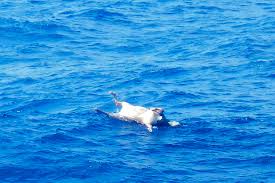
One of the 6,000 NZ cars who drowned off the coast of Japan. (Image Source: abc.net.au)
It’s tempting to hold these escapee animals up as heroes deserving of compassion. Animal rights advocates often use their stories to demonstrate the sentience of animals and the strength of their desire to live. Meat eaters identify with their plight and want to grant them a stay of execution. We place on them qualities such as courage and determination.
We should be focusing on their fear as well. We should be thinking about our relationship with all animals and what we do to them through farming.
All farm animals suffer one way or another. This is especially true at the slaughterhouse where they are enclosed in a noisy and foreign environment. They have endured a terrifying transport ordeal and are looking for a way out. As animals are individuals they will respond in different ways . They react to stress with the ‘flight or fight’ response just like humans. Still others might be quieter and react by withdrawing into themselves.
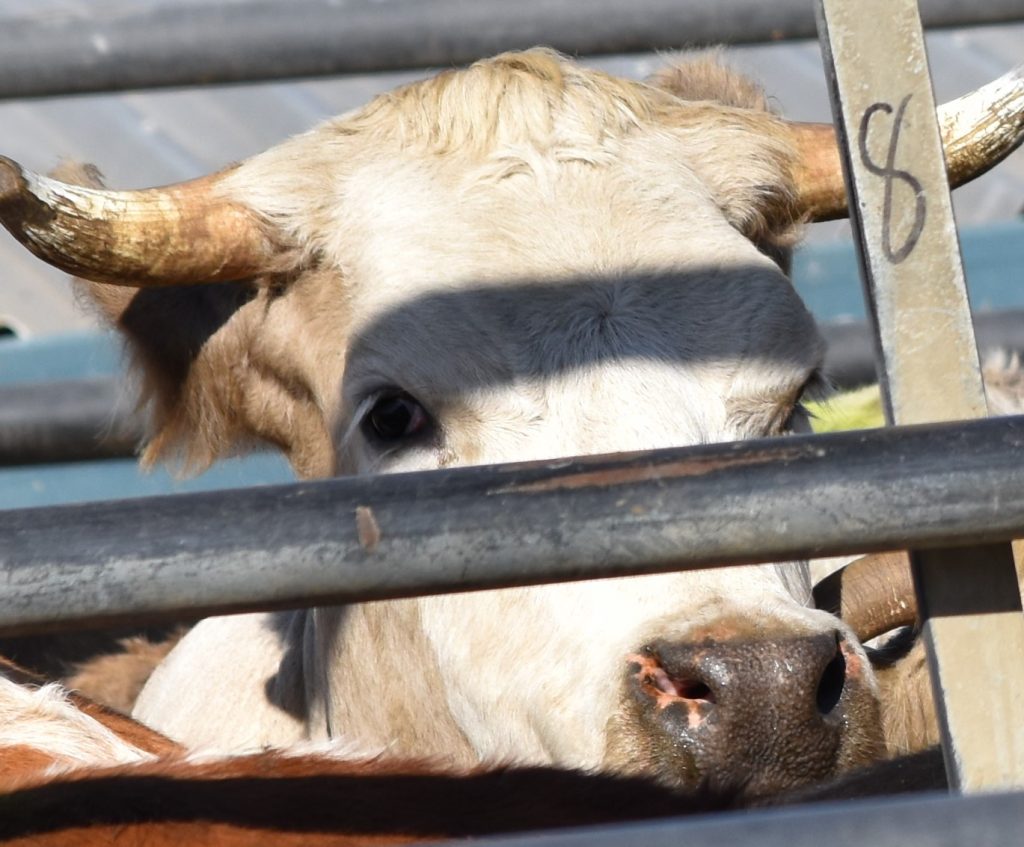
Young steer waiting for slaughter. (Image Source: Sandra Kyle)
Being herd animals cows will usually do their best to flee from danger. These incidents are less a result of a ‘courageous animal’ as they are the opportunity to escape presenting itself. No animal should be put in this position in the first place.
Animals have emotions and they think. There is continuity in the emotional lives of animals and humans, of that we can be certain. Life is emotionally vivid for animals who strive to stay alive, and to get the basics such as food and shelter. They also express joy and have ambitions and plan and think ahead. They develop bonds with other animals.
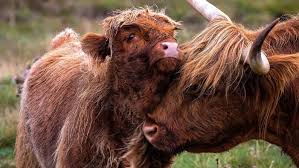
Animals are complex. They develop bonds and have plans. (Image Source: Live Kindly)
So if you want those sheep to live, if you find yourself cheering them on, you already believe in their freedom. There is only one thing to do. Put down your fork. Don’t pick up the dead bodies of their cousins in the supermarket and roast them.
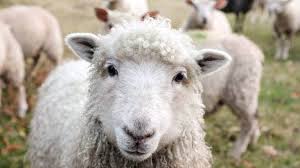
(Image source stuff.co.nz)

Lynley Tulloch is an animal rights activist and writer. She has a PhD in Sustainability Education and Ecocentric Philosophy
← NEXT

